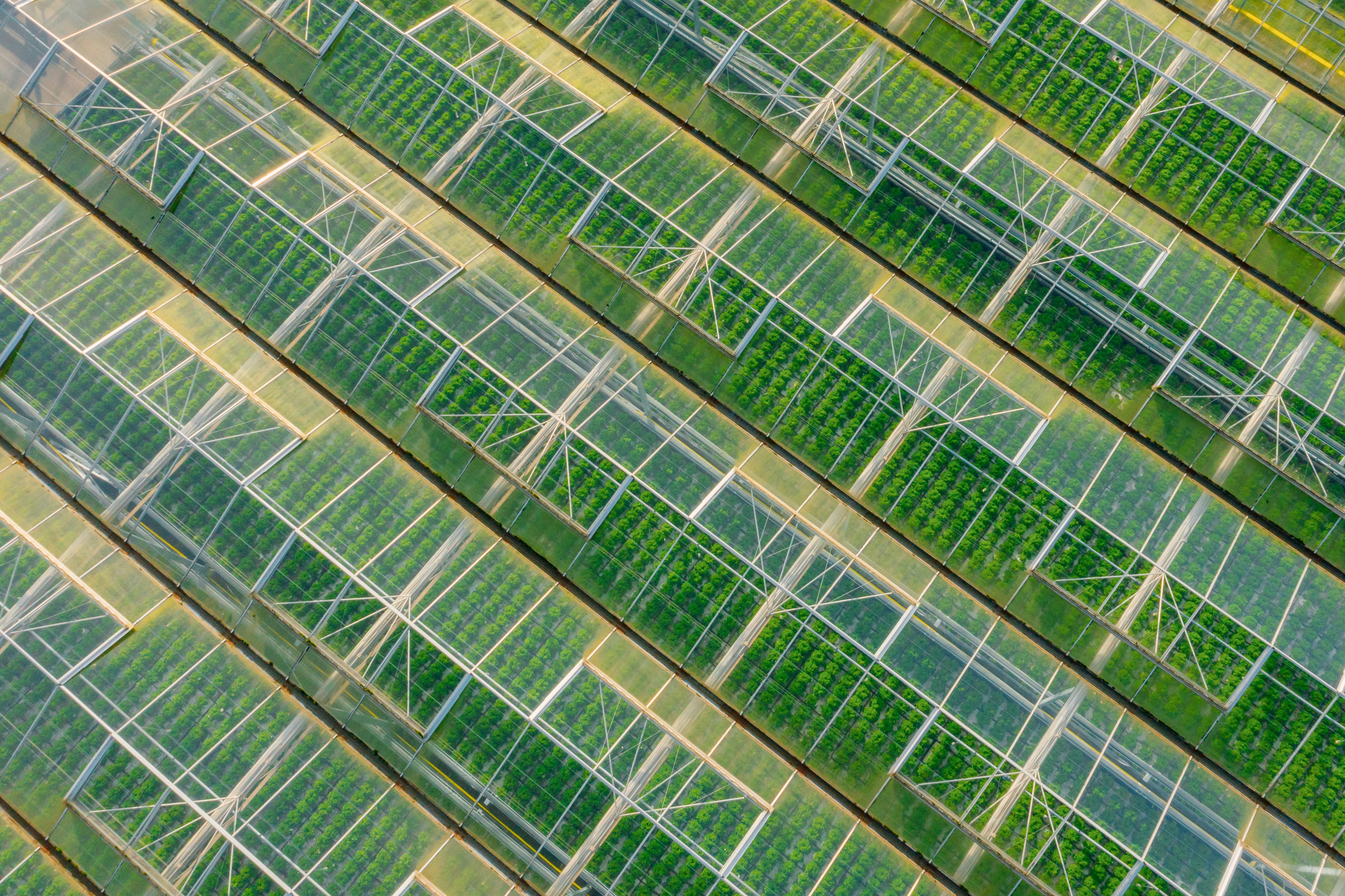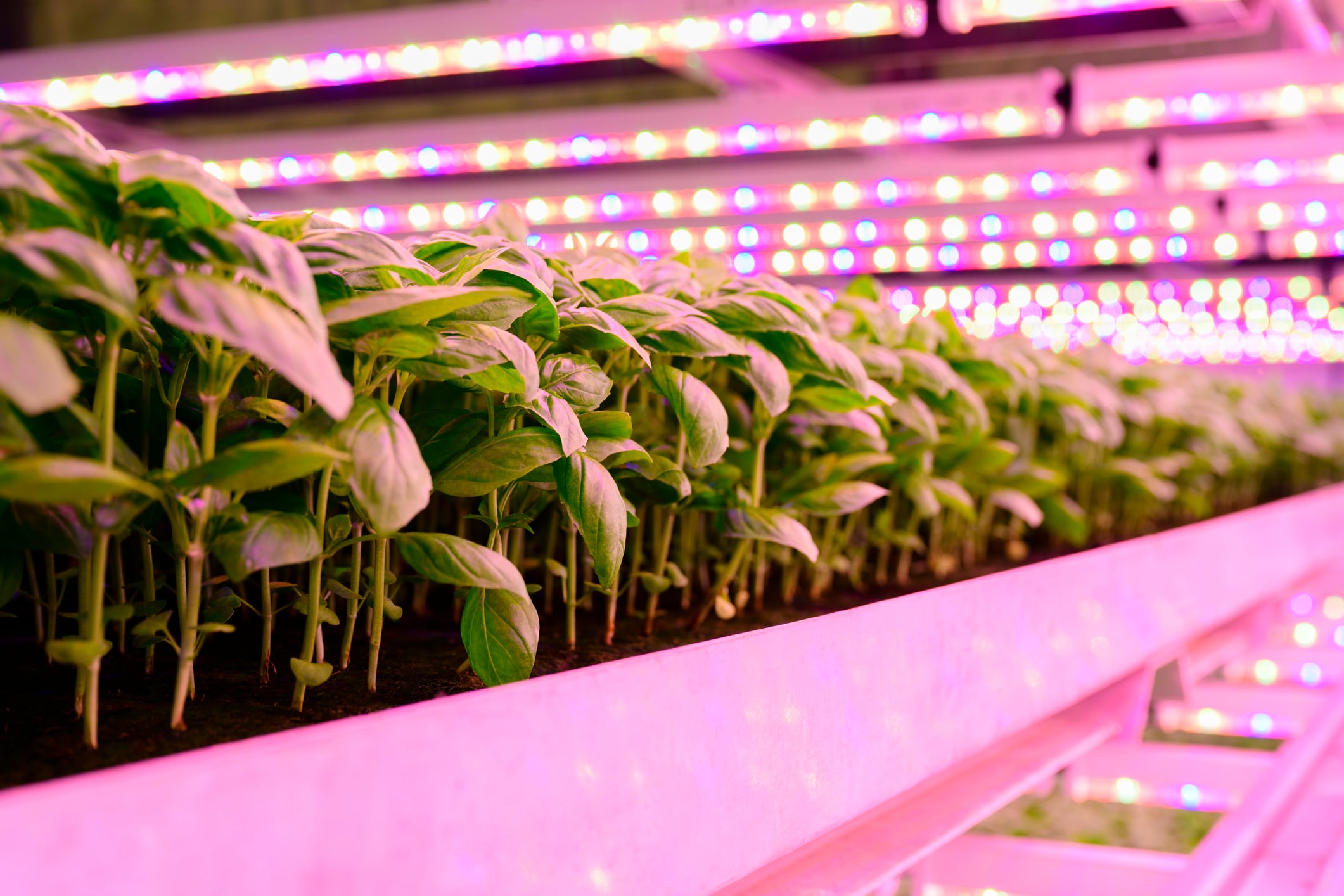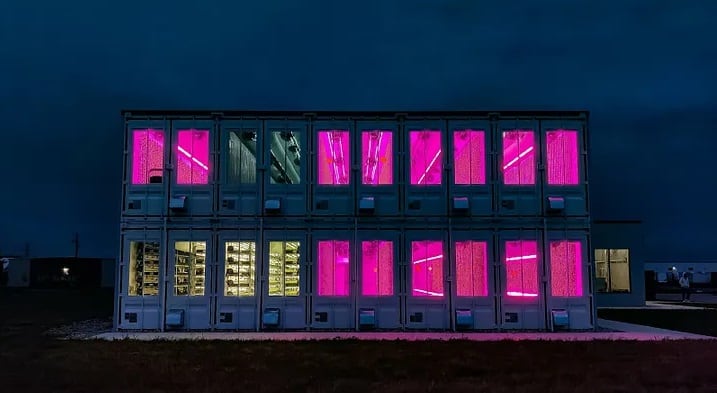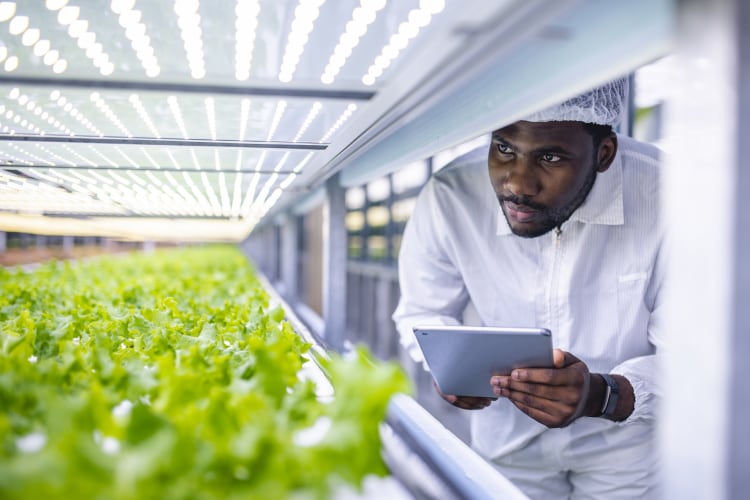The project was a collaborative effort between researchers from Shanghai Jiao Tong University (SJTU) and the National University of Singapore (NUS).
The Side Window Recycler (SWR) captures water vapour that escapes through greenhouse side windows.
It works by using LHPE, a synthesised superabsorbent hydrogel that has a water uptake capacity of up to 4.06 grams of water per gram of sorbent.
LHPE is also capable of rapid water release upon heating.
The characteristics of the material enable SWR to capture water vapor escaping through greenhouse ventilation and convert it into irrigation water.
“This device is specifically tailored for greenhouse production, targeting plant growth areas by adsorbing water vapor during ventilation and subsequently releasing water for additional irrigation once ventilation ceases,” the researchers said.
“This study lays the groundwork for future innovations in greenhouse water management, offering a sustainable pathway to enhance agricultural productivity while conserving vital water resources.’
Significant water recovery and plant growth
The SWR was integrated within a greenhouse setting and the experiments were conducted on a climate-controlled plant growth rack with LED growing lights.
Lettuce plants were selected as the model crop. They were subjected to two-week growth and water recovery experiments after a two-week nursery phase.
Over seven days of daily 200ml irrigation, the SWR recovered an average of 157.6ml per day, achieving a water recovery efficiency of 78.78%.
“This high recovery rate underscores the potential of the SWR as an effective solution for conserving water resources in greenhouse applications, reducing water demand by nearly 80% while ensuring consistent irrigation support,” the researchers said.
Additionally, the study also examined the impact this would have on plant growth.
After 14 days, the crops in both experimental and control greenhouses were photographed and the growth, yield, and quality were measured.
The experimental crops were found to have significantly more leaves that were longer and wider.
Additionally, the fresh weight of the above-ground parts of the plant was up to 120% higher than control.
Overall, better growth was observed compared to the control group, the team concluded.
“Throughout the entire planting stage, SWR demonstrated significant contributions across multiple facets throughout the entire planting stage, including temperature and humidity regulation, efficient water recovery, and improvements in plant quality and yield.”
The team emphasised the urgent need for more efficient water use in agriculture, said the researchers.
“With escalating water scarcity and intensifying competition, the agricultural sector must urgently enhance food production efficiency while minimising water consumption. Greenhouse, a modern agricultural practice, urgently requires improvements in water use efficiency”
Moving forward, more can be done to improve the technology.
“Innovations such as automatic control of membrane opening and closing could further optimise the energy efficiency and scalability of SWRs, paving the way for broader adoption in diverse greenhouse environments and more sustainable agricultural practices.”
Source: Advanced Functional Materials
High-Efficiency Atmospheric Water Harvesting and Irrigation Recycling in Greenhouse Using Hygroscopic Composite Gels
Authors: Hao Zou, Jingling Zhu, Xinge Yang, Ziya Zeng, Danfeng Huang, Jun Li, Ruzhu Wang
https://doi.org/10.1002/adfm.202501163





